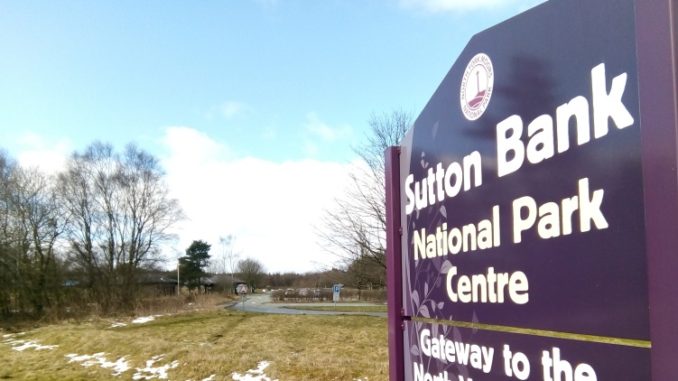
The Government body responsible for forests and a national park body are urging people to respect sensitive wildlife and archaeological sites after a rash of dangerous and illegal mountain bike trails sprung up during lockdown.
The calls follow complaints being reported in the North York Moors over groups of mountain bikers going to ancient forests, nature reserves and even designated Sites of Special Scientific Interest with steep banks armed with spades to dig out tracks and jumps.
Forestry England and the North York Moors National Park Authority, which oversees more than 300sq km of woodlands, are developing a strategy to tackle the issue and officials have erected signs in forests to “educate” those behind the trails.
Mountain bikers have claimed the new trails are the consequence of a mismatch between walking and cycling routes resulting from the 1949 National Parks and Rights of Way Act, which used historical usage as the sole criteria for designation as path, bridleway or byway.
It has been estimated just 22 per cent of the 117,000-mile public rights of way network in England and Wales may be legally cycled.
Last summer, British Cycling, backed by Olympic gold medallist and keen mountain biker Chris Boardman, called for a reform of rights of way legislation banning bicycles from more than two-thirds of paths.
However, Forestry England and chairman of the North York Moors National Park Authority Jim Bailey said the organisations had supported off-road cycling for many years and pointed towards “extensive networks of family and cross country trails and international competition-level tracks”, such as at Dalby Forest and Sutton Bank.
It is understood many of the unauthorised trails have been forged less than a mile from Sutton Bank, where the park authority is investing large sums in creating a pump racing track for mountain bikers and already has several mountain bike trails.
A Forestry England spokeswoman said: “Sadly, as we have returned to the forests following coronavirus, we have found many new and extended informal trails and features.
“Many of these are dangerous and include built features through sensitive wildlife and archaeological sites, as well as areas scheduled for replanting.
“The scale of this building activity is unacceptable, creating issues with other forest users, dangerous and often unseen hazards, and environmental damage that will take years to recover. We will now be taking a zero tolerance approach to the building and construction of unauthorised trails and trail features.”
Tanya Nesbitt-Rex, head of recreation for Yorkshire Forest District, added the wild trails present the organisation with huge challenges and pressures on resources – in ensuring public safety, mitigating risks to all forest users and protecting the environmental and cultural heritage values consistent with our legislative responsibilities.
She said: “Many of these trails are inherently dangerous to inexperienced riders who may inadvertently stray on to them. The built features are not of a type that we are prepared to accept because of the consequence of serious injury – or worse.”
“We want to continue supporting all types of cycling in the forest and need the public’s help too. If you are part of a group extending or altering trails, please stop. We want help to keep people safe and keep the pressure off emergency services.”
Mr Bailey emphasised the park authority did not want to stop people from enjoying themselves, but said ecological damage was unacceptable.
He said: “They need to be aware that what they are doing is harmful and stick to the places that are designated. People need to respect the rules and restrictions that are there for everybody’s benefit.”


Be the first to comment